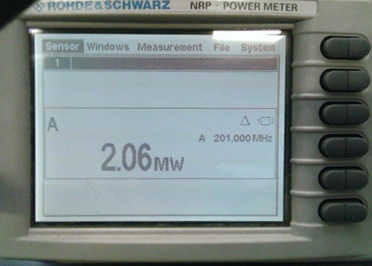|
Ionisation cooling is required to reduce the emittance of a muon beam rapidly for application in future accelerators for neutrino factories and muon colliders. Under Work Package 7 of the TIARA-PP project, Daresbury Lab in collaboration with Rutherford Appleton Lab, Strathclyde University and Imperial College has developed the RF drive system and distribution network for the International Muon Ionization Cooling Experiment (MICE). Each of the 8 MICE cavities demand 1 MW of power at 201.25 MHz in 1ms pulses for a gradient of 8 MV/m. Strong magnetic fields mean the space for the RF drive system is constrained requiring a complex routing to the cavities. Four compact amplifier chains are used to meet these requirements. A signal generator drives a Solid State Power Amplifier (4 kW) feeding a Photonis 4616 tetrode valve amplifier (250 kW) and a Thales 116 triode valve amplifier (2 MW). A complex power supply has been developed to supply and protect the valve amplifiers. Due to the complex and delicate nature of the system, it has been progressively brought to full bias voltage (36 kV on the triode). At these settings the prototype system recently demonstrated the required output parameters. Outstanding support from e2v technologies thyratron section is gratefully acknowledged. |


